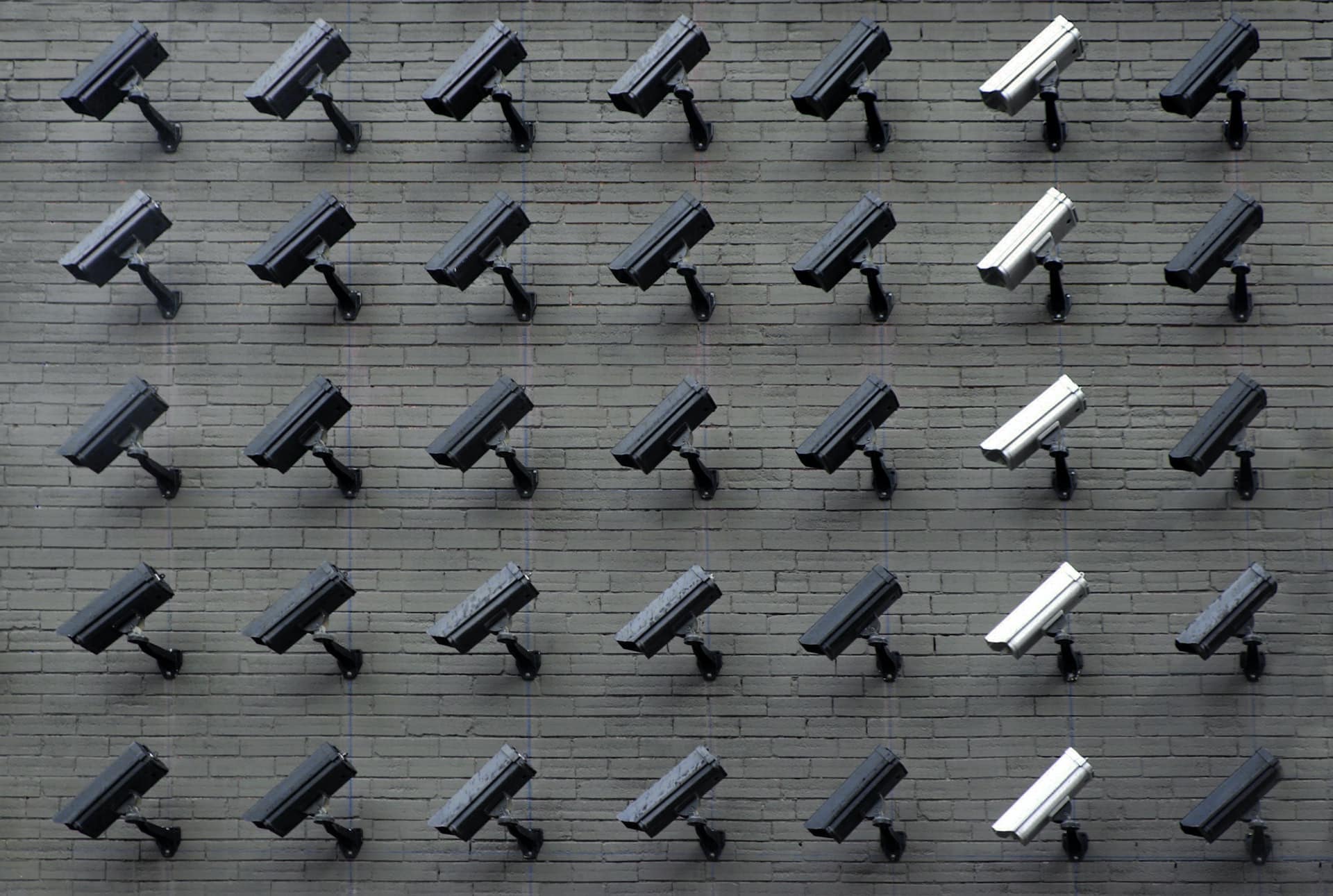As a plaintiff in a personal injury action, credibility is key. No matter where a plaintiff lives in Canada, surveillance is more likely if their claim is large. Plaintiffs are often surprised to learn that covert investigation and surveillance is lawful. If properly conducted, video footage obtained through private investigators can be powerful in either supporting the plaintiff’s claim or shattering their credibility.
Surveillance may be performed by the insurance company or any defendant to a personal injury claim, particularly if there is a reason to believe that the plaintiff is acting fraudulently, for instance, exaggerating their injuries. While fraud is often uncovered through surreptitious surveillance, it is not certain how frequently this occurs. However, if nothing is uncovered, the plaintiff will likely never know whether the surveillance has taken place.
Types of Surveillance
There are two common forms of surveillance which may be employed in the case of a personal injury claim, namely direct surveillance and digital surveillance. Direct surveillance is conducted in person by someone who takes photographs or videotapes a plaintiff’s day-to-day activities, including travelling to and from work, grocery shopping, participating in social activities or performing household tasks.
As social media grows, digital surveillance is becoming more popular. Often, large amounts of information are made available by the plaintiff themself by publishing photographs, videos or posting publicly on their social media or other digital profiles. It is not uncommon for a plaintiff’s lawyer to advise them to stay off social media until their claim is closed.
Surveillance and Privacy
The purpose of the video is to try to obtain evidence that might compromise the plaintiff’s claims and credibility. Video surveillance is often used in cases involving high financial claims or in claims for chronic pain or invisible injuries such as chronic pain, which may be seen by insurance companies and defence counsel as subjective and challengeable. Surveillance may be ongoing for weeks, months, or longer. In the event that the plaintiff eventually becomes aware that surveillance has taken place, they often feel as though their privacy has been grossly invaded. However, in Alberta, surveillance from a public space is legal.
Throughout a personal injury claim, the plaintiff retains their basic privacy rights. Therefore, invasion of privacy may occur in rare circumstances, such as snooping around a plaintiff’s property, or conducting surveillance in an intrusive or unreasonable manner.
Most plaintiffs are honest about their injuries and improvements; if any, video surveillance does not often hinder their case. However, it is important to note that some video surveillance may be taken out of context in an effort to challenge the plaintiff’s credibility to poke holes in their claim. For example, a plaintiff who puts on a brave face may be seen on video completing 20 minutes of yard work. However, they may have subsequently needed to rest for several hours. Due to this, video footage will often be collected over a large period in the event that it can be used as a counter-argument to a claim that the plaintiff had a good day.
Upon learning about the possibility of being the subject of surveillance, some plaintiffs may fear that their claim will be denied or that they will be followed, which can lead to them staying at home and avoiding any of their usual activities of daily living. This fear can detrimentally interrupt their recovery and potentially impact their case, particularly if they do not leave home to attend medical appointments or treatment.
Who Conducts Surveillance?
In cases where the defendant proceeds with surveillance, it is not uncommon for insurance companies to hire private investigators to watch and video the plaintiff engaging in their day-to-day activities. These investigators must have a critical understanding of both the legalities surrounding surveillance and their equipment. Typically, someone conducting surveillance is watching for the plaintiff to do something contrary to their injury and symptom claims, such as carrying groceries despite stating that they are unable to lift heavy objects.
Modern technology has made the act of secretly recording individuals much easier. Because video surveillance can make or break a case, insurance companies will often not hesitate to take the risk of employing this tactic.
What Happens With Surveillance Footage
When video surveillance is obtained lawfully, it is admissible evidence in court. If the defendant produces the video surveillance, the plaintiff will have the opportunity to obtain an unedited copy, conduct a thorough review for contradictions in the injuries they are claiming, and ensure that the footage has not been inappropriately edited or tampered with.
If the surveillance supports the plaintiff’s claim, it will be used by the defendant’s insurer to confirm that the claim is legitimate and worthy of appropriate compensation.
Challenging Surveillance Footage
In some situations, it may be appropriate for the plaintiff to challenge the admissibility of certain video evidence. For instance, if the footage was obtained by trespassing or other illegal means, there is a sound argument as to why it should be excluded from the evidence.
The best course of action for plaintiffs in personal injury claims is to remain honest and truthful and to speak up if and when injuries worsen or improve. This will help to ensure that any surveillance that is obtained will not harm but rather strengthen their claim.
The Lawyers at Cuming & Gillespie LLP in Calgary Guide Plaintiffs Through Their Personal Injury Claim
After an accident, dealing with insurance and injury recovery can be overwhelming. The personal injury lawyers at Cuming & Gillespie LLP have extensive experience assisting clients throughout the claim process from start to finish. Our highly knowledgeable and skilled lawyers act as advocates to ensure that clients obtain fair and just compensation while keeping clients informed of the process and their options along the way. To discuss your circumstances with a member of our personal injury team, please contact us online or call our office at 403-571-0555.

